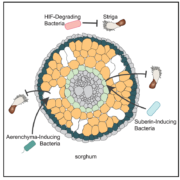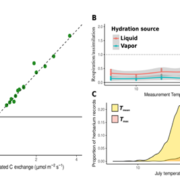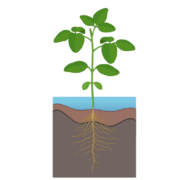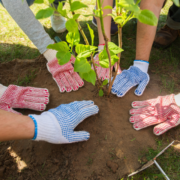
Harnessing the potential of soil microbial allies to combat Striga infection in sorghum roots
Plant Science Research WeeklyMicrobial neighbors of plants in the soil comprise of a vast array of bacteria and fungi, collectively known as the microbiome. This soil microbial community forms close associations with plants and regulates plant growth and development by inducing changes in the plant and soil metabolites. In this…

Hydration source determines carbon asymmetry and physiological activities in lichen-forming symbionts
Plant Science Research WeeklyMetabolic activities in symbionts are often described as physiologically synchronized, but sometimes, as in the case of coral bleaching, this synchrony can break down. This breakdown was observed in lichen by Meyer et al. when they examined the physiologies of Evernia mesomorpha fungal and algal components…

Plant Science Research Weekly: July 12, 2024
WWR Full PostReview: Root development and symbiosis: an epigenetic perspective
Roots do not grow in isolation but occupy a space inhabited by a variety of organisms. With certain fungi and bacteria, they form partnerships or symbiotic relationships that increase the plant’s nutrient uptake and assimilation.…

Embracing the Artificial Intelligence Green Revolution: Unleashing Innovation in Plant Sciences
Blog, CareersWhy does AI matter in this verdant domain? Picture a world where data dances with genomes, phenotypes, and environmental variables in an intricate waltz of insight. AI orchestrates this symphony, revealing patterns and predicting outcomes at a speed that would make Mendel's peas blush. From spotting…

Fostering Engagement: Strategies to Involve Pre-university Students in Plant Science Research
Blog, EducationPopulation growth and climate change threaten food security and exacerbate agriculture's environmental impact, necessitating a passionate, interdisciplinary community of plant science professionals to engage the public and students (Friesner et al., 2021). By involving young students in hands-on research…

